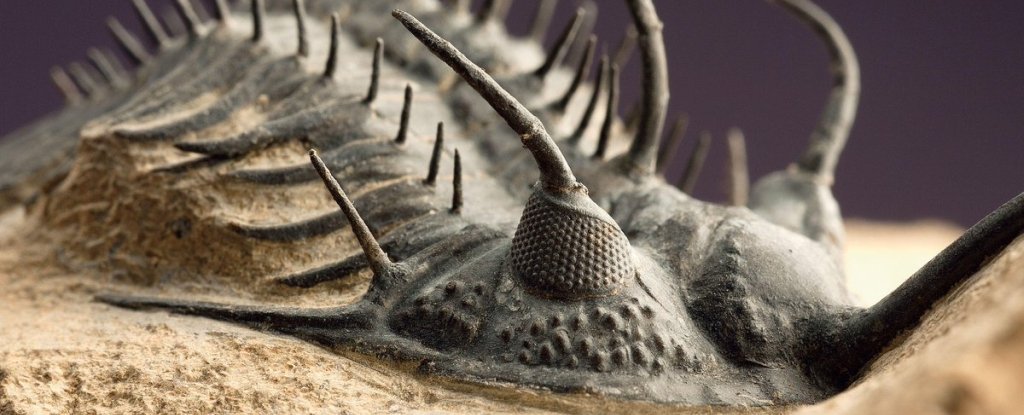SOURCE: Science Alert
DATE: February 23, 2019
SNIP: Around 252 million years ago, Earth experienced catastrophic devastation – an extinction event so severe that it wiped out almost all of the life on Earth.
Up to 70 percent of all land vertebrate species were killed off, and a massive 96 percent of all marine species, including the famous trilobite that had previously survived two other mass extinction events.
It’s called the Permian-Triassic Extinction Event, also known as the Great Dying, and as far as we know, it was the most calamitous event in Earth’s history.
It’s widely accepted that climate change is to blame – more specifically, that long-term volcanic activity in Siberia spewed so much material into the atmosphere that it wrapped the world in a shroud of ash for a million years, simultaneously blocking sunlight, thinning the ozone, dropping acid rain, and raising temperatures.
Now scientists have demonstrated what obliterated the marine life: rising temperatures accelerated the metabolisms of ocean creatures, which increases their oxygen requirements, while simultaneously depleting the oceans of oxygen.
The animals literally suffocated.
And we’re experiencing similar atmospheric warming again today – only much faster than the Great Dying, which showed warning signs for 700,000 years before the event itself.
“Under a business-as-usual emissions scenarios, by 2100 warming in the upper ocean will have approached 20 percent of warming in the late Permian, and by the year 2300 it will reach between 35 and 50 percent,” Penn said.
“This study highlights the potential for a mass extinction arising from a similar mechanism under anthropogenic climate change.”

